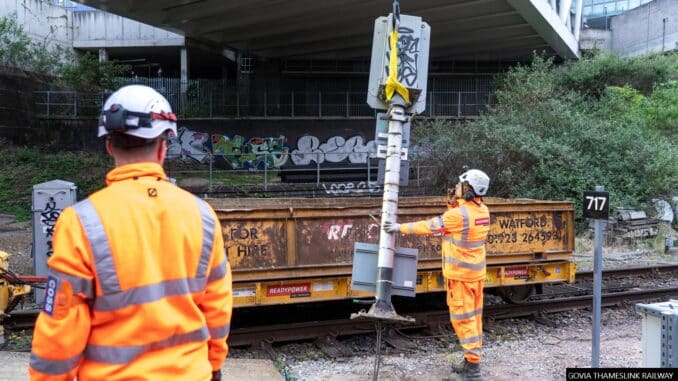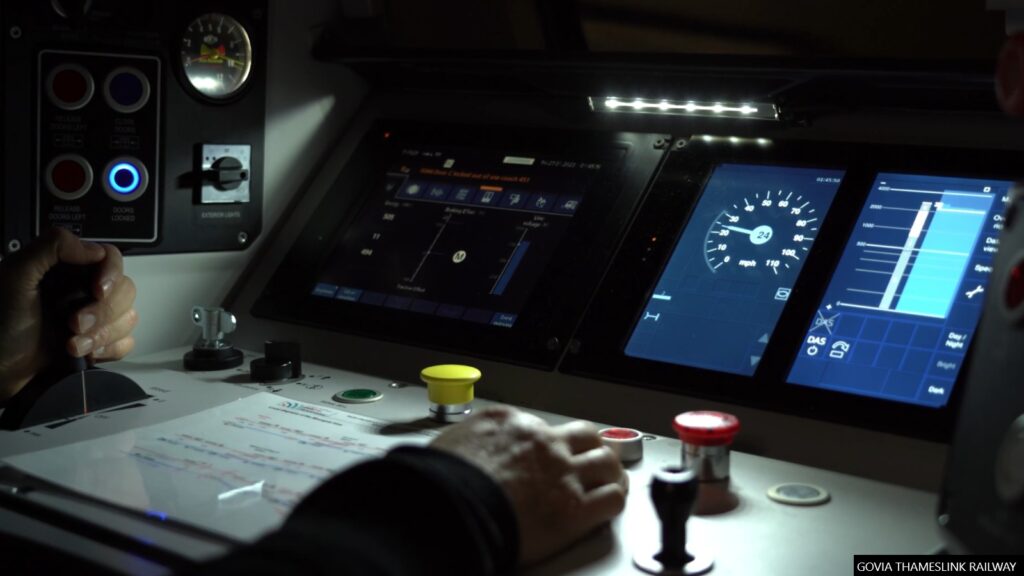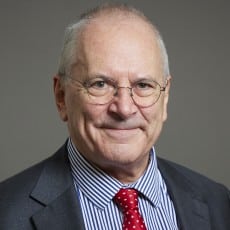
The Great Northern ‘Northern City Line’ to the City of London has become the UK rail network’s first commuter railway to operate without conventional signals, heralding a major milestone in the national deployment of cutting-edge digital technology.
Over the weekend of 17/18 May, lineside signals were removed as part of the government-funded £1.4 billion East Coast Digital Programme (ECDP). Traditional signals have been used in one form or another since the route between Finsbury Park and Moorgate opened 121 years ago. Now they have been replaced by ‘in-cab’ signalling, with drivers told how far and how fast they can travel on a computer screen that is fed information from a digital signalling system known as ETCS (European Train Control System).
Adopting this digital signalling system will not only give passengers greater reliability and better punctuality, the system is also even safer and more environmentally sustainable as there is much less physical equipment to produce and maintain.

Ed Akers, Network Rail industry partnership director for the ECDP, said: “This milestone represents a real step forward in how we work together as an industry to deliver change, with a deep collaboration across track and train.
“The learnings we have had from delivering a no signals railway in the heart of London, are what will enable us to deliver a railway transformation on the East Coast Main Line and then nationally.
“I want to thank our partners for their tireless work in making this happen, and also passengers for their patience while the work of transformation continues.”

Oliver Turner, head of ERTMS and digital signalling at Govia Thameslink Railway (GTR), added: “This is a huge achievement, doing away with signals and moving to digital control on such an intensive commuter route. It was 200 years ago that the modern railway was born and ever since then there’s always been something physical at the side of the tracks.
“In terms of modern signalling this is as cutting edge as it gets; it’s like moving from a Nokia 3210 to an iPhone 16. It effectively allows our drivers to see around corners by telling them how far and how fast they can travel. They can drive more smoothly and efficiently, to the best of the train’s capabilities, helping them arrive on time and doing so in even greater safety.
“Our train crews have been brilliant in the way they’ve migrated to this new way of working and taking on board a lot of new learning and I am also incredibly proud of the team here at GTR for what they’ve achieved alongside our industry partners.”

Although a no-signals railway was introduced as an early pilot on the rural Cambrian line in 2011, this is the first time it has been introduced on a high-frequency metro railway. With work now under way to extend the system on to the East Coast main line and emerging plans to introduce it elsewhere in the country, digital signalling is projected to create significant cost savings long-term and play a key part in the future of the railway.

Rail Minister Lord Peter Hendy said: “Thanks to £1.4 billion of government funding, this cutting-edge programme is bringing our railways into the 21st Century and beyond.
“Digital signalling is not only more cost effective, but even safer and more resilient than traditional signalling.
“This technology, which is as advanced as it gets, could reduce delays by up to a third, evidence that this government’s Plan for Change is making a real difference to people’s everyday lives.”


Be the first to comment